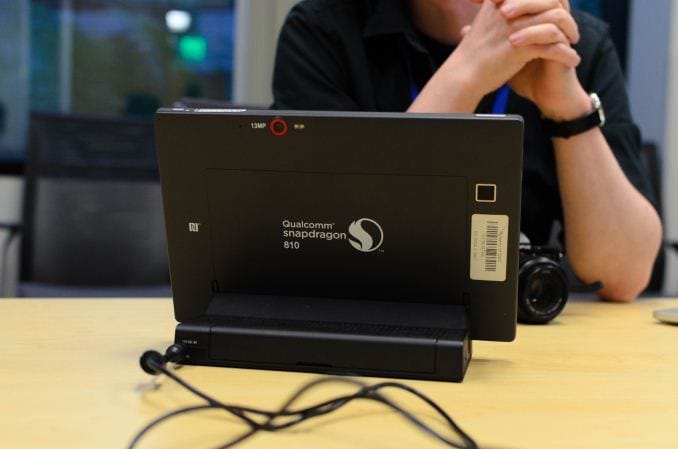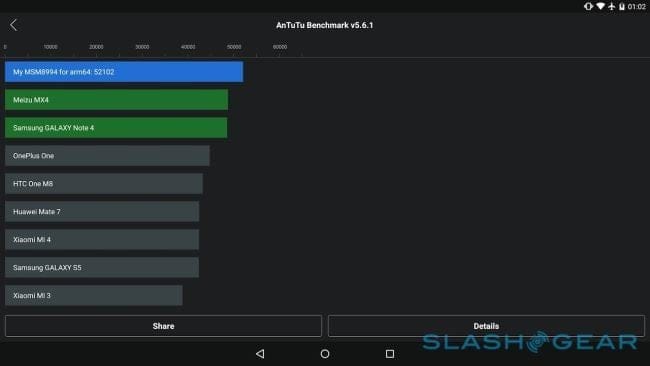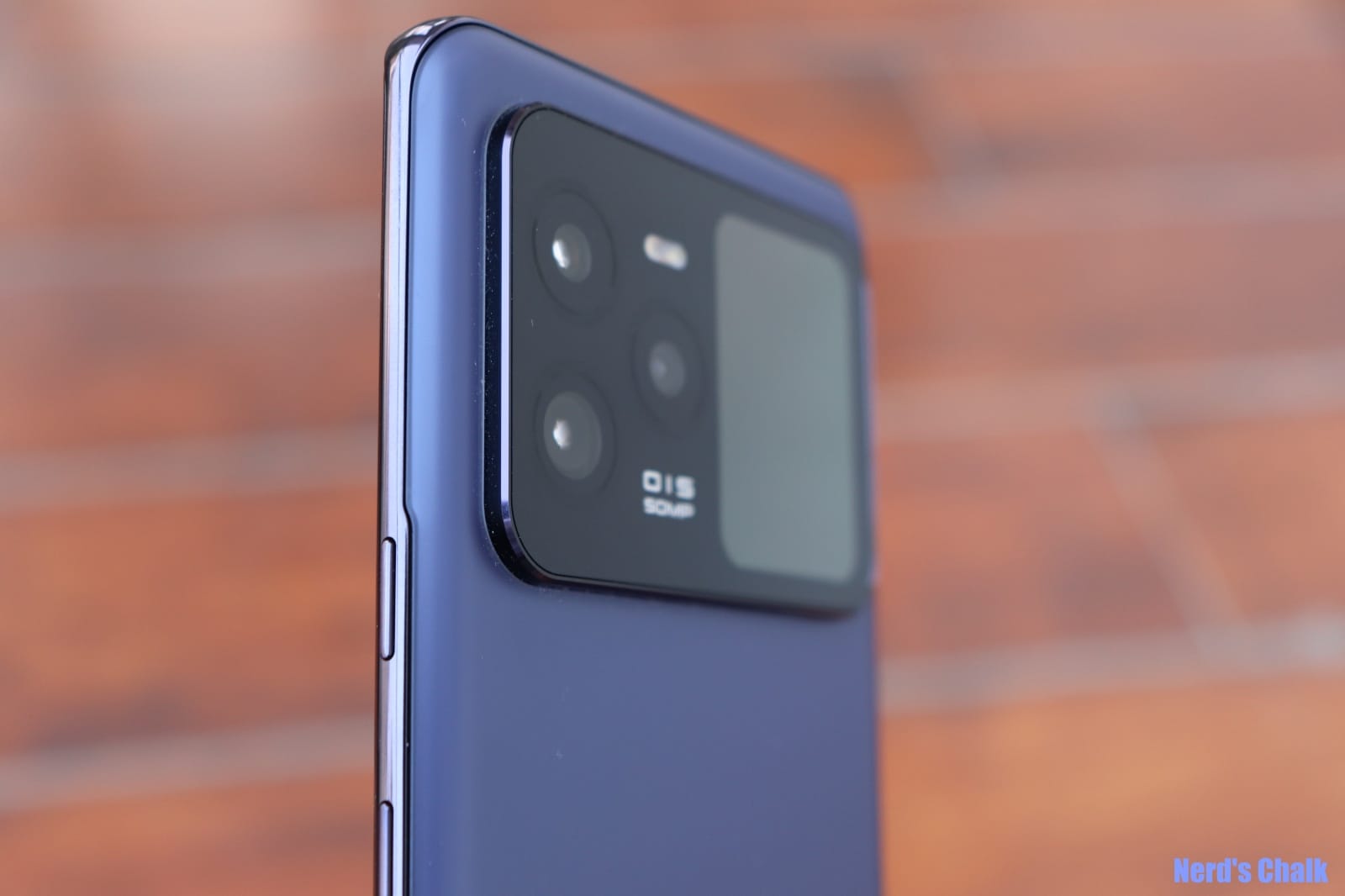In 4th Quarter of 2008, Qualcomm for the first time, announced the availability of chips in the Snapdragon family namely the QSD8650 and the QSD8250. From those relatively humble beginnings, the Qualcomm SoCs (System on Chips) have come a long way and today, form the core of most high-end technology. The almost cult status acquired by the Snapdragon processors as the top choice as Smartphone systems in a relatively short span stemmed from its superfast processing speeds and unmatched graphic rendering capabilities, allowing users access to all kinds of content.
However, recent times have seen the Qualcomm’s popularity on the wan with Samsung ditching the 810 — the most recent of snapdragon lines — in favor of its homegrown Exynos for its flagship Galaxy S6. While this certainly drew the ire of certain sections who remain skeptical as to how the Exynos will measure up against the Snapdragon, rumors are that overheating among other things caused this switch.
Either way, Slashgear finally decided to see this things through and get everything — the good as well as the bad — out in the open. For this, the MDP smartphone and tablet (Mobile Developer Platform — high-end devices employed for testing purposes) were put to work in what turned out to be a spectacular display of the 810’s impressive capabilities.
Starting with the AnTuTu benchmark, the MDP smartphone with its 3GB memory running the 810 landed a surprisingly high score of 61,692. Even allowing for margins in case of retests, this score still comfortably outstrips the 56,836 managed by the Snapdragon 805 driven Nexus 6, the most powerful device in database. On the other hand, the MDP tablet with its 4K display scored 52,102 points. The Qualcomm Snapdragon 810 is thus able to drive a 4K display with an intensity almost matching the Adreno 420 handling a 2K screen.
Talking about Connectivity, Qualcomm certainly wasn’t lying when it said that the 810 with leading modem capabilities, “is designed to enable the most advanced connected mobile user experiences “. Qualcomm has introduced a new category 9 modem that integrated into the Snapdragon 810 SoC which should also contribute towards improving battery life. The LTE category 9 support also works with all major cellular standards including 4G LTE,GSM/EDGE, CDMA, TD-SCDMA and WCDMA/HSPA+ with peak downlink rates of up to 450 Mbps. In fact, according to Slashgear “A single Snapdragon 810 SKU can handle the world’s wireless networks, with the right antennas and such. It’ll even cope with China, currently the only place where all seven cellular standards are deployed.”
Moving to the Overheating issue, while the device did occasionally felt warm to the touch with the processor heating up, it seemed that the reports of furnace like temperatures were grossly exaggerated. However, the reports might just have some truth in them since Qualcomm which is all bent on damage control and has been working round the clock might have improved this particular issue.
During testing, light usage like phone calls, shooting pictures, etc had system temperature hovering around the range of 86 to 95 F (30 to 35 degrees Celsius) while maximum temperatures of up to 113F (45 degrees Celsius) were reached during heavy usage (high intensity games etc) at which point thermal mitigation kicked in and brought the clock speed down in order to cool the device. Thus its actually better than its predecessors in terms of heat production-maintaining 95F (35C) after five minutes of 4K video recording as compared to while older Snapdragon 801 which outright forced the user to stop.
All in all we feel that the technology packed, future driven Qualcomm processors work just great and in spite of what Samsung has decided, Flagship smartphones such as Lg G flex 2 will utilize the 810 to great effect.
The Snapdragon 810 is set to enter mass production from the middle of March.















Discussion